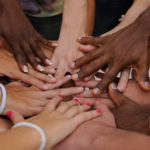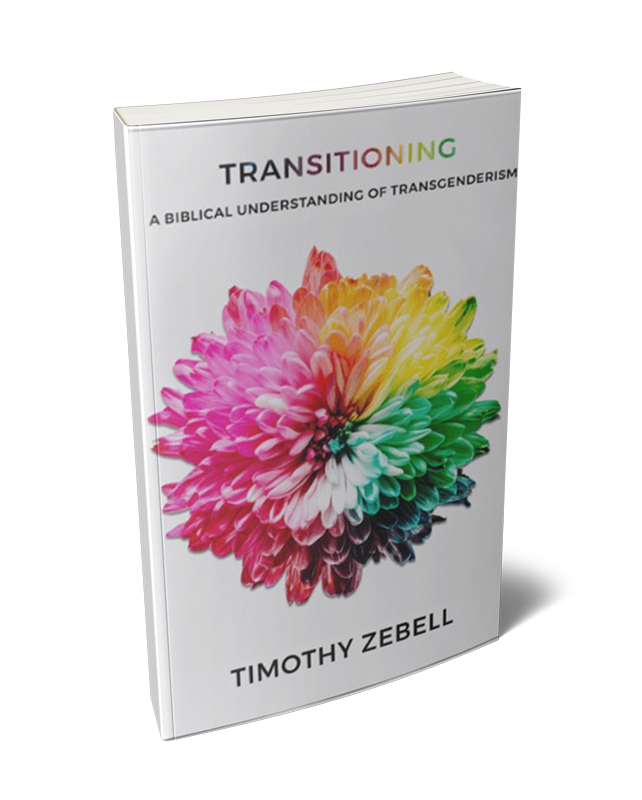Stereotypes exist because they are rooted in an element of truth. Similar communities often share common traits. When united as a community, these traits become the default standard for what constitutes “normal,” and they provide a sense of shared identity. Likewise, these traits often distinguish one community from another. Sometimes this is beautiful, such as when the diversity and glory of nations is highlighted during the Olympics. At other times it is ugly, such as when high school jocks bully the school nerds because they don’t share the same athleticism and physical prowess. Indeed, our society is rife with examples of conflict between communities: white collar versus blue collar, rural versus urban, Democrat versus Republican, Millennial versus Boomer, men versus women, etc. The list is endless, and often it results in entire communities of people feeling acutely aware that they outsiders.
Sometimes communities deliberately make others feel unwanted, but often these social cues are relayed subconsciously. An enthusiastic sports fan arrayed in his team colors may have the best of intentions, but his attire is still communicating a message of inclusion or exclusion to others depending upon their feelings toward his team. Likewise, ethnic groups frequently find themselves emitting social cues, signaling inclusion or exclusion unawares. Recently this idea has become an important part of our national conversation on racial issues.
Given America’s European heritage, perhaps it is not surprising that white people have always comprised our country’s largest ethnic community. If the majority of society belongs to the same ethnic community—therefore wielding the greatest influence upon social norms—it should not be surprising when they begin to take their ethnic preferences for granted. Some have referred to this as “whiteness.” According to Robin Diangelo, author of the New York Times bestselling book White Fragility, “Whiteness rests upon a foundational premise: the definition of whites as the norm or standard for human, and people of color as a deviation from that norm. Whiteness is not acknowledged by white people, and the white reference point is assumed to be universal and is imposed on everyone.”[1]
Today’s academics have endeavored to equate whiteness with a sense of assumed superiority,[2] being a standpoint that “views white people and their interests as central to, and representative of, humanity.”[3] However, this need not be something sinister. Perhaps it has had sinister applications in the past, but today’s white people may simply feel comfortable assuming that all people experience life in a manner consistent with their own ethnic perspective—and this could be due to a lack of exposure to other perspectives. This perception of life and of other ethnicities based upon their relationship to one’s own ethnicity is known as “ethnocentrism” and is a natural tendency among every ethnic group.
The sense of ethic superiority involved in ethnocentrism may be conscious or unconscious. When white people speak of Indian food as ethnic food, they are displaying ethnocentrism by assuming their own food is normal. When white people reference people of color, they are displaying ethnocentrism by assuming their own color is neutral—essentially not a color. Ethnocentrism is not unique to white culture, but Americans are more prone to experience white ethnocentrism due to our European heritage and due to white people comprising the largest ethnic group in America.
Considering that we are experiencing a season of cultural sensitivity toward racial distinctions, we who belong to the white community would be wise to reflect upon whether we are emitting seemingly benign ethnocentric signals that are communicating to others a sense of not belonging. Just as excessive use of sports jargon can reinforce a sense of not belonging among non-sports fans, so also frequent comments and assumptions from a white ethnocentric perspective can reinforce a sense of not belonging among members of other ethnicities. Regardless of skin color, God’s Word teaches us to “give preference to one another in honor”—meaning that we ought always to consider the needs and feelings of others, being willing to place their concerns above our own (Rom. 12:10 NASB).
Similarly, we would be wise in this season of heightened racial tensions to avoid assuming the worst about someone’s lack of sensitivity. Comments from a default ethnic viewpoint are not necessarily racist. Speaking according to one’s lived experience among a white culture that matches one’s ethnic identity does not equal disdain for other ethnic perspectives. God’s Word teaches us not to be easily offended but to overlook hurtful comments (Prov. 19:11). By preferring others over ourselves and giving grace to those who are insensitive, we can model God’s lasting solution to America’s racial divide.
Free Downloads
Share...
1. Diangelo, Robin. White Fragility: Why It’s So Hard for White People to Talk about Racism, 25. Boston: Beacon Press, 2018.
2. Diangelo, 28.
3. Diangelo, 27.
Unless otherwise noted, all Scripture quotations are taken from The Holy Bible, English Standard Version, copyright ©2001 by Crossway Bibles, a publishing ministry of Good News Publishers. Used by permission. All rights reserved.









